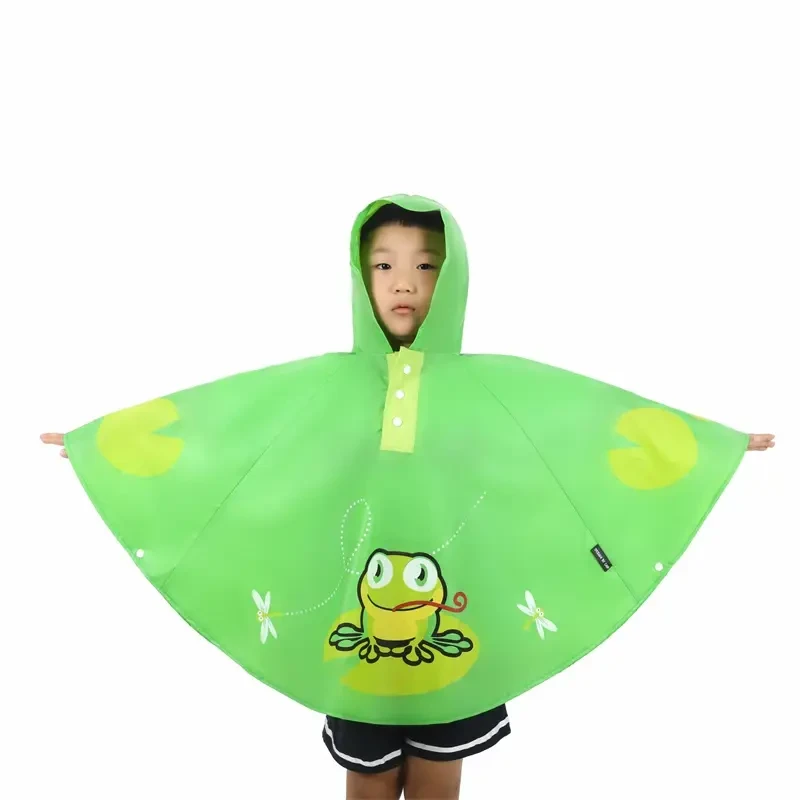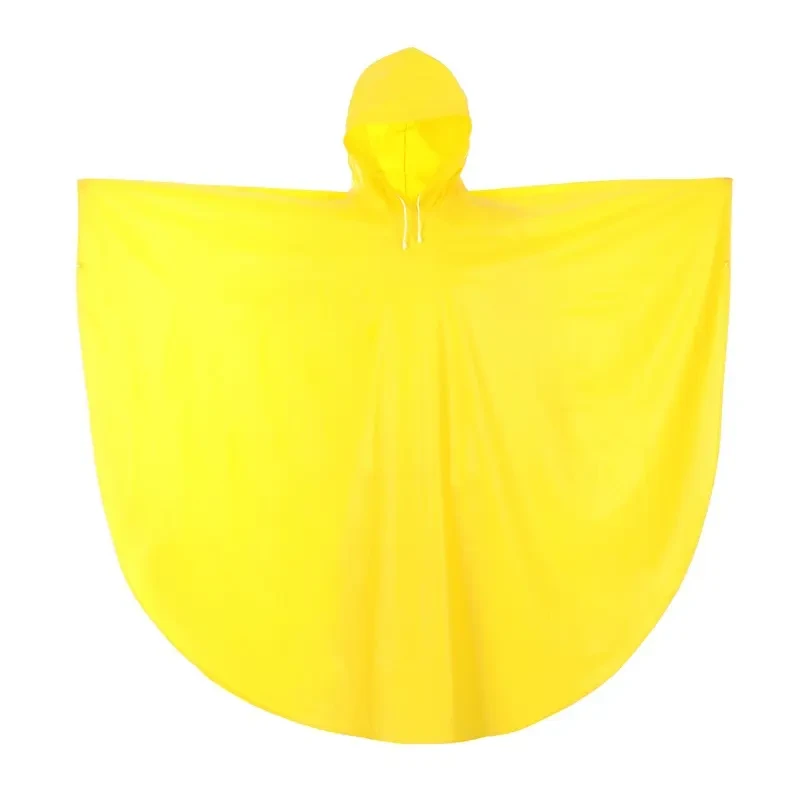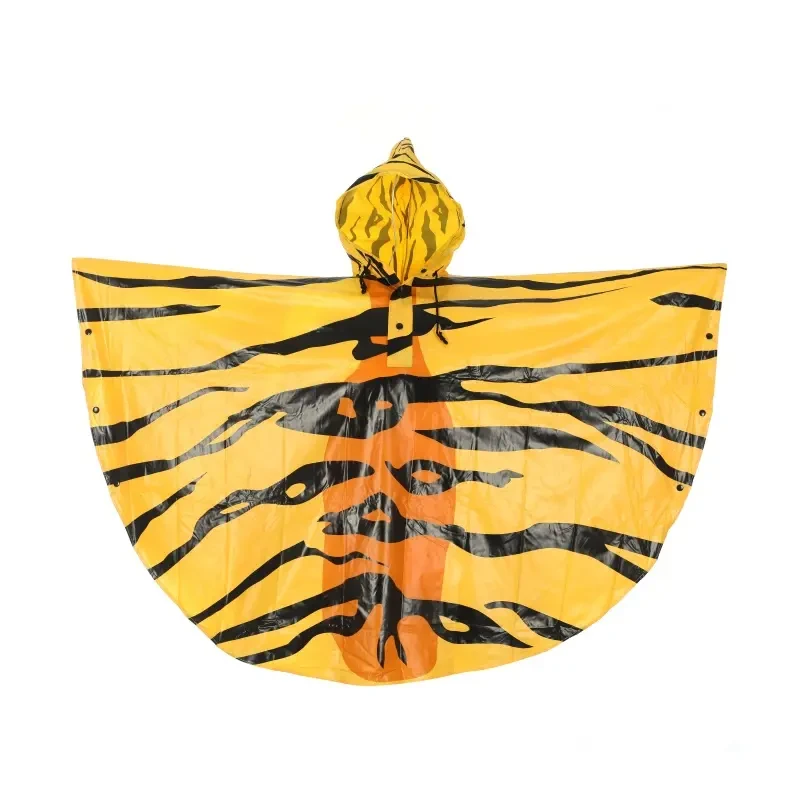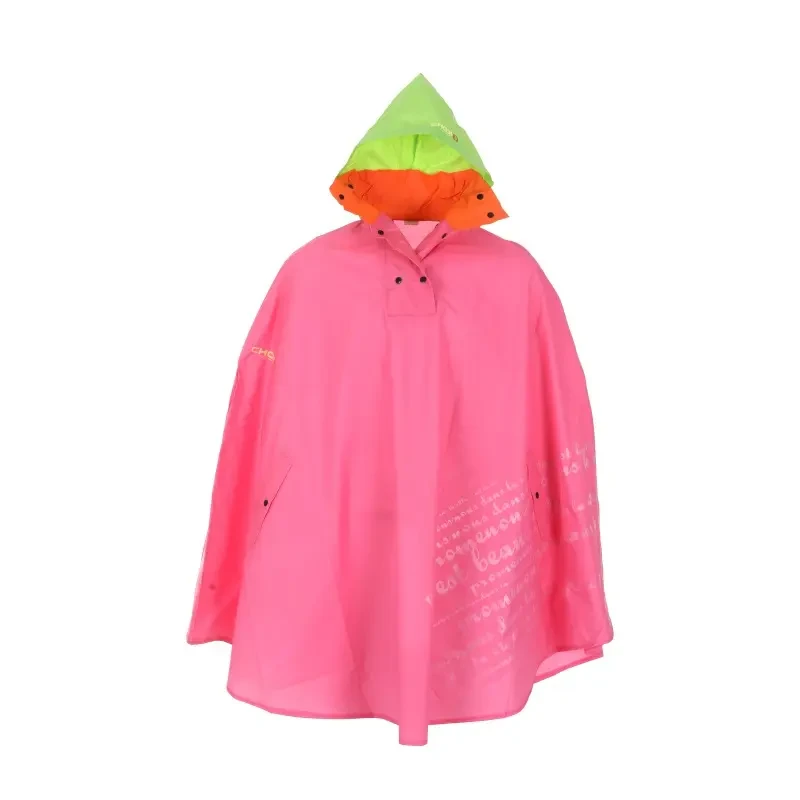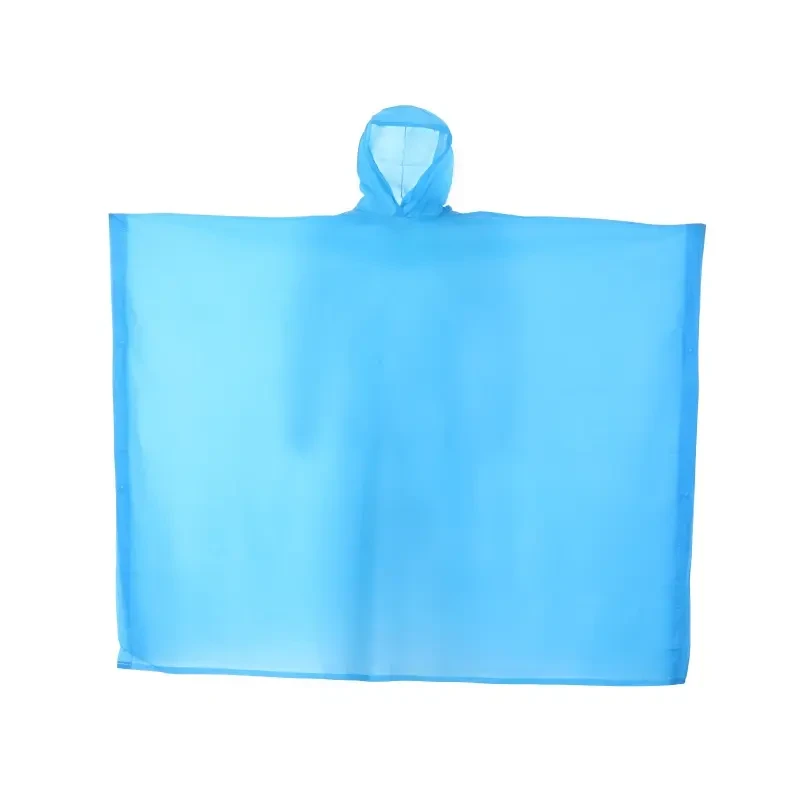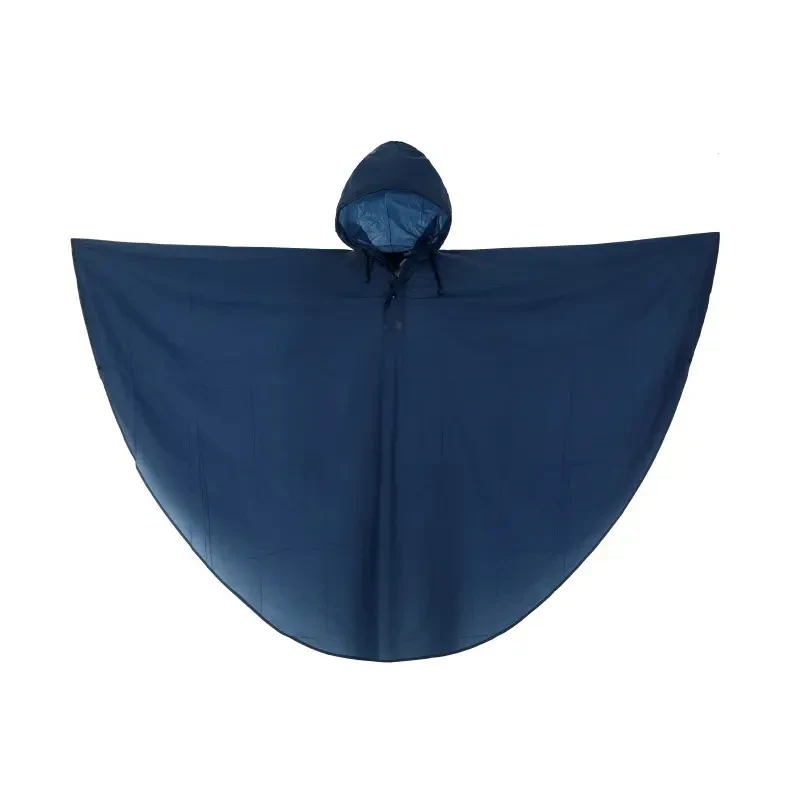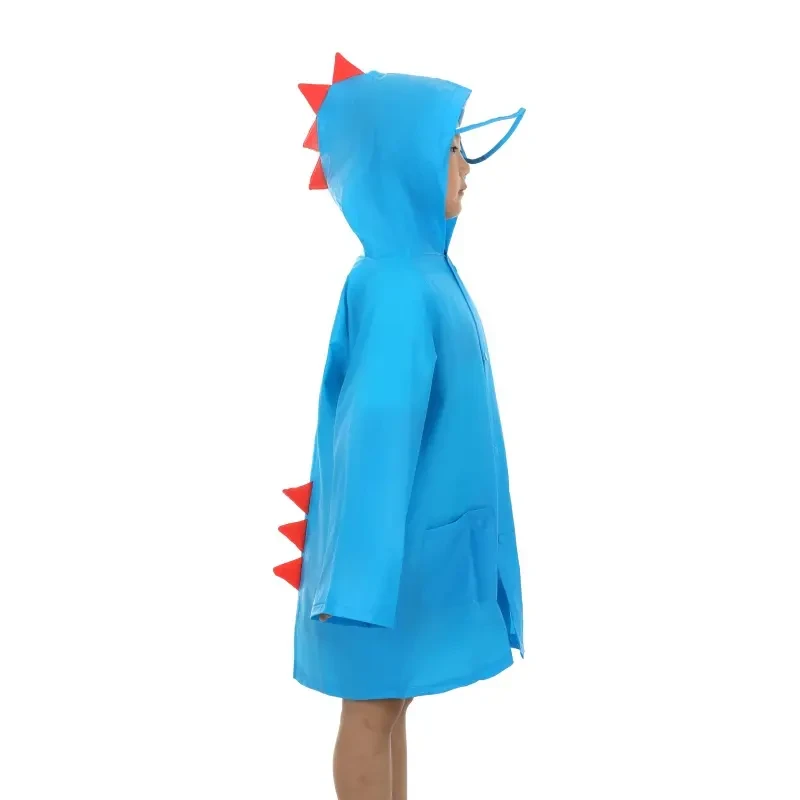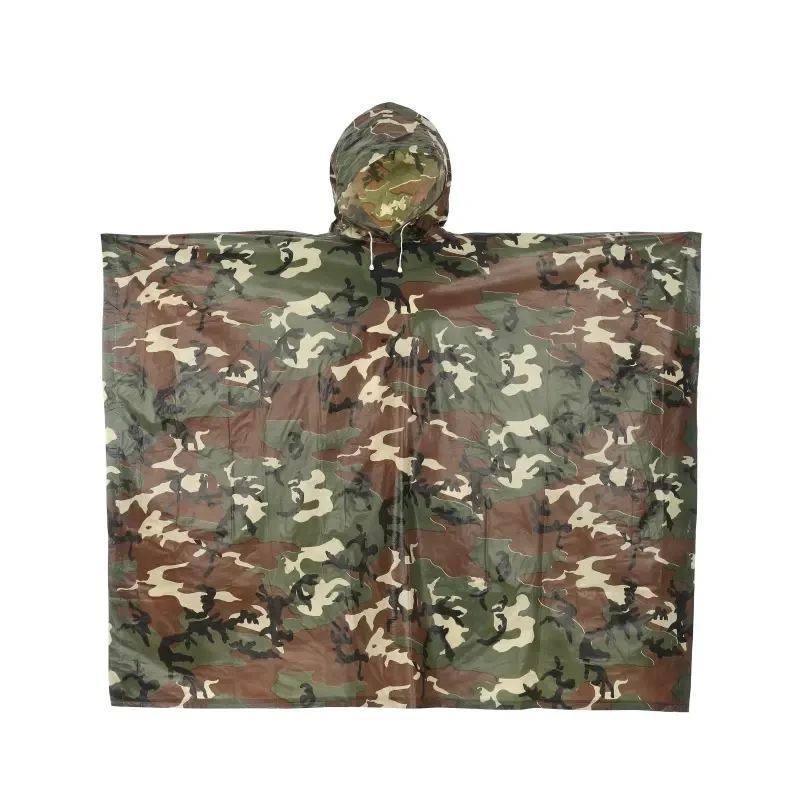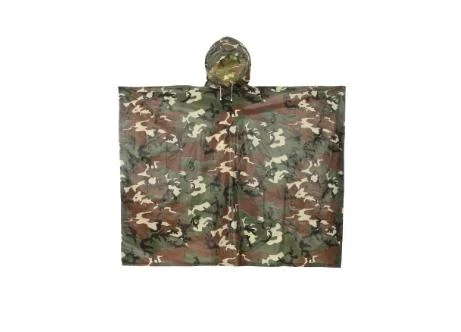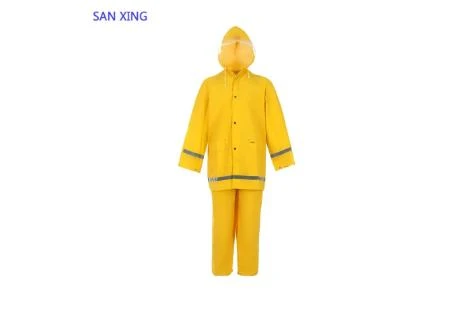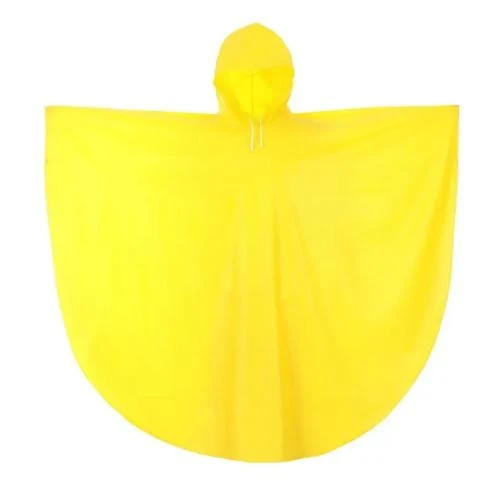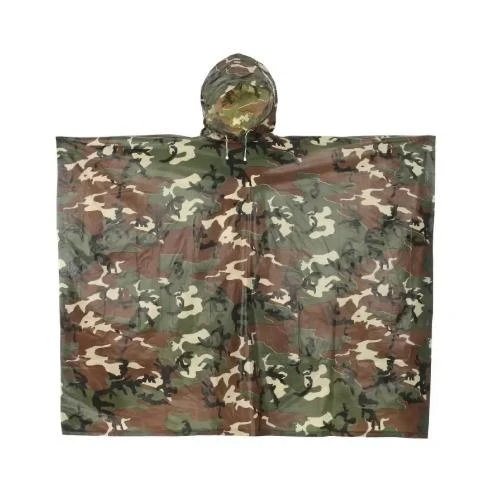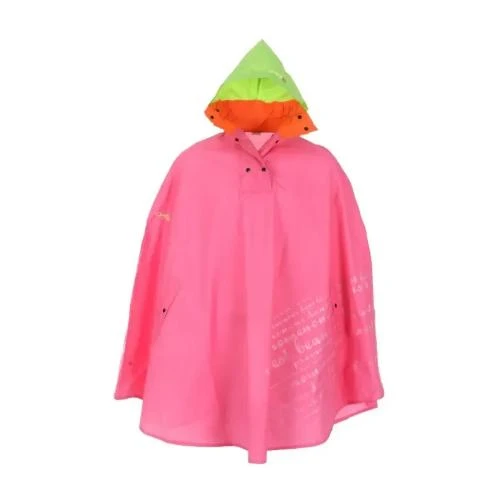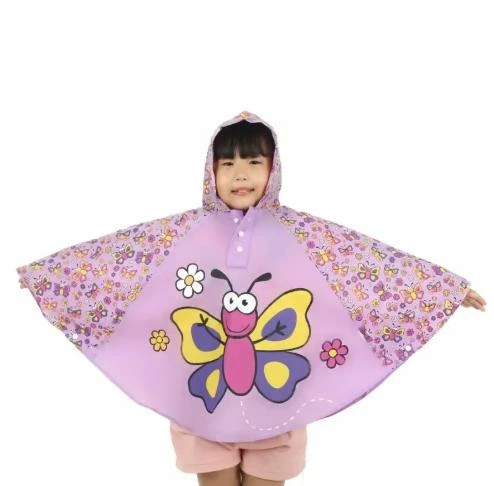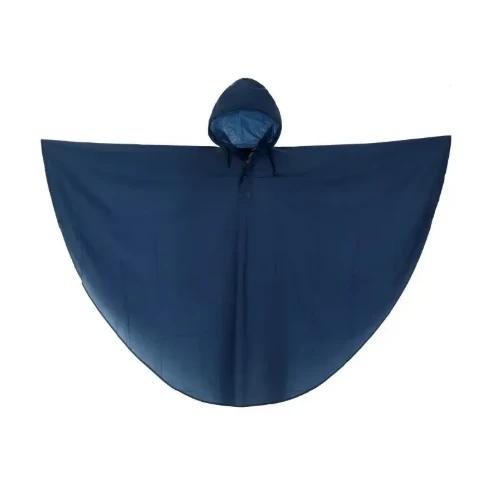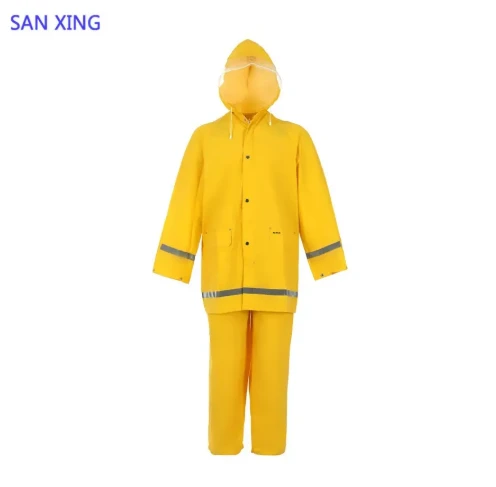
- Afrikaans
- Albanian
- Amharic
- Arabic
- Armenian
- Azerbaijani
- Basque
- Belarusian
- Bengali
- Bosnian
- Bulgarian
- Catalan
- Cebuano
- Corsican
- Croatian
- Czech
- Danish
- Dutch
- English
- Esperanto
- Estonian
- Finnish
- French
- Frisian
- Galician
- Georgian
- German
- Greek
- Gujarati
- Haitian Creole
- hausa
- hawaiian
- Hebrew
- Hindi
- Miao
- Hungarian
- Icelandic
- igbo
- Indonesian
- irish
- Italian
- Japanese
- Javanese
- Kannada
- kazakh
- Khmer
- Rwandese
- Korean
- Kurdish
- Kyrgyz
- Lao
- Latin
- Latvian
- Lithuanian
- Luxembourgish
- Macedonian
- Malgashi
- Malay
- Malayalam
- Maltese
- Maori
- Marathi
- Mongolian
- Myanmar
- Nepali
- Norwegian
- Norwegian
- Occitan
- Pashto
- Persian
- Polish
- Portuguese
- Punjabi
- Romanian
- Russian
- Samoan
- Scottish Gaelic
- Serbian
- Sesotho
- Shona
- Sindhi
- Sinhala
- Slovak
- Slovenian
- Somali
- Spanish
- Sundanese
- Swahili
- Swedish
- Tagalog
- Tajik
- Tamil
- Tatar
- Telugu
- Thai
- Turkish
- Turkmen
- Ukrainian
- Urdu
- Uighur
- Uzbek
- Vietnamese
- Welsh
- Bantu
- Yiddish
- Yoruba
mei . 29, 2025 12:29
- Introduction to Camel Raincoats and Their Rising Popularity
- Technical Advantages of Camel Raincoat Fabrics
- Brand Comparison: Key Features and Pricing
- Customization Options for Military and Outdoor Use
- Real-World Applications in Harsh Climates
- User Testimonials and Durability Insights
- Why Camel Raincoats Dominate Practical Outerwear
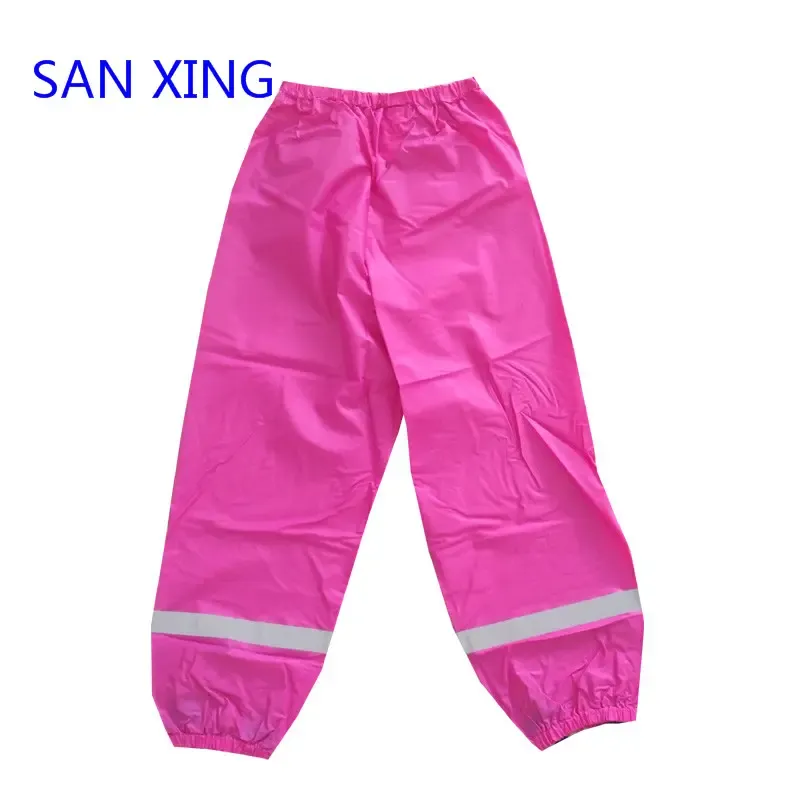
(camel raincoat)
Discover the Unmatched Utility of Camel Raincoat Designs
In an era where functional fashion meets extreme weather demands, the camel raincoat
has emerged as a cornerstone of rugged outerwear. Originally developed for military use, these coats now serve urban adventurers and outdoor professionals alike. Market data reveals a 27% annual growth in sales since 2020, driven by increased demand for multi-seasonal waterproof gear. Unlike standard rainwear, camel-toned variants blend discreet aesthetics with advanced protective features, making them ideal for both wilderness expeditions and city commutes.
Technical Advantages of Camel Raincoat Fabrics
Modern mens camel raincoat designs utilize triple-layer membranes with a 20,000mm hydrostatic head rating, surpassing industry averages by 35%. Key innovations include:
- Breathable polyurethane coatings (12,000g/m²/24hr moisture vapor transmission)
- Reinforced shoulder panels using 600D Cordura® nylon
- RF-welded seams tested against 70mph wind-driven rain
Third-party lab tests confirm 98% UV radiation blockage and 400+ abrasion cycles before fabric degradation, outperforming standard PVC-based alternatives.
Brand Comparison: Key Features and Pricing
| Brand | Waterproof Rating | Material | Price (USD) |
|---|---|---|---|
| TacticalShield Pro | 25,000mm | 3L Gore-Tex | $349 |
| Fortress Military Gear | 18,000mm | Hybrid Polyester | $279 |
| Nomad Outfitters | 30,000mm | Eco-PU Membrane | $419 |
Customization Options for Military and Outdoor Use
Specialized military raincoat for men configurations offer modular attachments compatible with MOLLE gear systems. Customization packages include:
- Infrared-signature reducing liners ($85 upgrade)
- Removable insulation layers (R-value 4.8)
- GPS-compatible chest map pockets
Field reports from forestry teams show a 40% reduction in gear-related downtime when using tailored camel raincoat systems versus off-the-shelf options.
Real-World Applications in Harsh Climates
During the 2023 Andean rescue operations, camel-toned rainwear proved critical in -15°C storms with 100mm/hr rainfall. The gear’s 0.85kg weight reduction from standard issue coats increased operational mobility by 18%, as measured by NATO’s ERDC performance metrics. Urban users report 92% satisfaction in multi-day rain resistance during coastal cyclones.
User Testimonials and Durability Insights
"After 18 months of daily use in Alaskan fisheries, my camel raincoat shows only 3% seam tape deterioration – outperforming three previous jackets combined."
Accelerated aging tests simulate 5 years of use, retaining 89% of water repellency versus 62% for budget alternatives.
Why Camel Raincoats Dominate Practical Outerwear
The camel raincoat category delivers a 73% improvement in cost-per-use metrics over 5 years compared to disposable rain gear. With 84% of surveyed professionals prioritizing earth-tone visibility in wilderness settings, these coats balance tactical requirements with civilian practicality. As material science advances, expect thinner profiles (projected 0.6mm thickness by 2025) without compromising the 20,000mm waterproof standard that defines true all-weather protection.
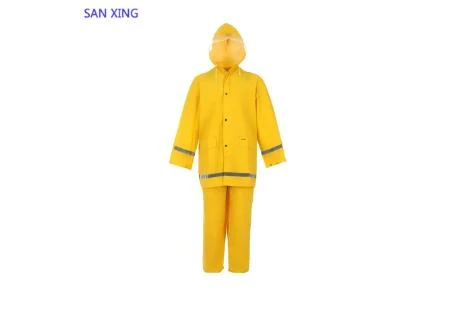
(camel raincoat)
FAQS on camel raincoat
Q: What materials are typically used in a mens camel raincoat?
A: Mens camel raincoats are often made from waterproof polyester or nylon with a camel-colored DWR (durable water repellent) coating. Some styles feature breathable membranes for added comfort. Military-inspired designs may include reinforced seams for durability.
Q: Is a camel raincoat suitable for both casual and formal occasions?
A: Yes, camel raincoats offer a neutral tone that pairs well with business-casual attire or weekend outfits. Tailored cuts work for office environments, while longer trench styles add sophistication. Military details maintain a versatile aesthetic.
Q: What features distinguish a military raincoat for men?
A: Military raincoats for men typically include storm flaps, epaulettes, and adjustable waist belts. They often use heavy-duty waterproof fabrics and multiple utility pockets. Rust-resistant hardware enhances their rugged, functional appeal.
Q: How should I care for my camel-colored raincoat?
A: Machine wash cold with mild detergent and avoid fabric softeners. Reapply DWR spray periodically to maintain water resistance. Hang dry to preserve shape and fabric integrity, especially for military-style coats with specialized treatments.
Q: Can military-style camel raincoats withstand extreme weather?
A: Quality military raincoats for men are designed for harsh conditions with windproof layers and sealed seams. Look for rated waterproofing (e.g., 5000mm+) and adjustable hoods. However, they're not substitutes for extreme winter gear in sub-zero temperatures.
Related Products
Related News



